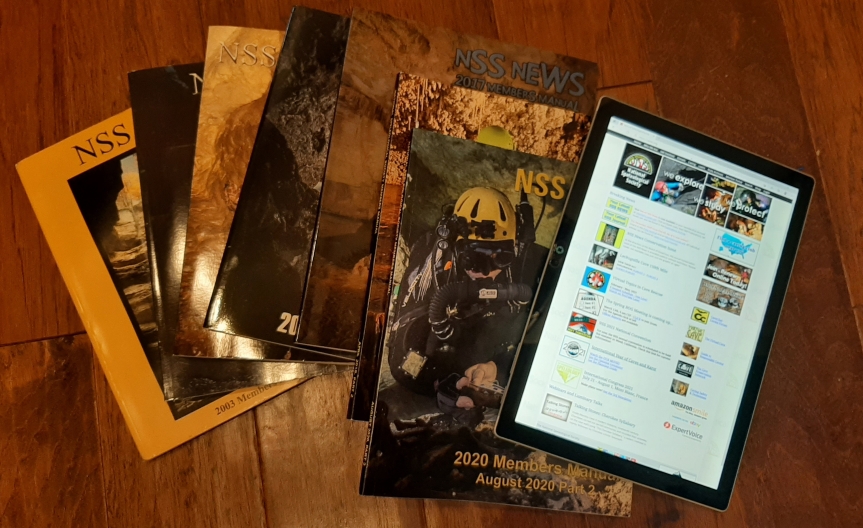As a result of the COVID-19 pandemic, I've been spending a lot of time -- probably too much time -- at home. As such, one of the pitfalls is that I'm probably watching way too much TV. Yes, I know, I really need to get out of the house more. With that, one of my … Continue reading The #Coronavirus chronicles, part 26: The evolution of emergency services — #EMS #EMT #Paramedic #Television #COVID19
Month: March 2021
What are you proud of? Tooting your own horn on your #resume — #JobHunt
Yesterday, a good friend of mine texted me, asking me to send him my resume. This particular friend works for a major nationwide consulting firm. I won't say which firm, but I will say that it's a household name. In his position, he is often in a position to hire, and he is well-connected. After … Continue reading What are you proud of? Tooting your own horn on your #resume — #JobHunt
The #Coronavirus chronicles, part 25: Taking the “distancing” out of “social distancing” #COVID19
Before I get into this article, I want to make one thing extremely clear. This article has NOTHING to do with circumventing pandemic protocols or ignoring the advice of Dr. Fauci, the CDC, the WHO, or any other medical professionals. That is NOT what I'm about to write. Please, please, PLEASE keep wearing your mask, … Continue reading The #Coronavirus chronicles, part 25: Taking the “distancing” out of “social distancing” #COVID19
The Value of Paper vs Convenience of Digital
I wrote a while back that, while digital documentation dominates the world today, paper isn’t necessarily dead. That said, my friend, Greg Moore, notes an issue with printed material that didn’t occur to me, and it has to do with data security. Read on for more.
About 35 years ago in the fall, a housemate of mine got a phone call, “hey, I’m a caver who’s passing through your area this weekend and found your name in the NSS Members’ Manual, I was hoping maybe you could hook me up with a caving trip.” Well it just so turns out that the RPI Outing Club traditionally does Friday night caving. (Why night you might ask? Well it’s always dark in the caves, so going at night leaves time on Saturday and Sunday to hike, rock-climbing, canoe, etc.) My housemate invited the guy along and he joined us caving (I think in Knox Cave).
I mention this story because it’s an example of how the NSS Members’ Manual has often been used over the years. Talk to enough old-time caves (especially those who recognize the smell of carbide in the morning) and many will mention how they’ve…
View original post 1,404 more words
What the NCAA tournament teaches us about decision bias
It's that time of year again -- when die-hard sports fans (and even some non-sports fans) start filling out their bracket picks as they make their predictions for the NCAA tournament, a.k.a. "March Madness." I am an alumnus of a major NCAA Division I basketball school -- Syracuse University. Syracuse alumni are well-known for their … Continue reading What the NCAA tournament teaches us about decision bias
#SQL101: Raising awareness of SQL injection
(Image credit: XKCD.com) I don't think there's an experienced web developer or DBA who isn't familiar with the classic "Bobby Tables" XKCD cartoon above. Just about any time you mention "Bobby Tables" to most experienced IT people, (s)he will immediately know to whom you are referring. Most experienced web developers and DBAs are aware of … Continue reading #SQL101: Raising awareness of SQL injection
The #Coronavirus chronicles, part 24: Coping with the stress #COVID19
I'm not going to lie. The mental stress of being out of a job (ten months, and counting) is affecting me in many ways. I'll talk about the mental stress (which is what this article is mostly about) in a minute, but before I get into that, let me talk about something that has been … Continue reading The #Coronavirus chronicles, part 24: Coping with the stress #COVID19
March CASSUG Monthly Meeting
Our March meeting will again be online. NOTE: you MUST RSVP to this Meetup at https://www.meetup.com/Capital-Area-SQL.../events/276698548/ to view the Zoom URL! Our March guest speaker is David Klee! Topic: Modern CPU Architecture and SQL Server Performance Modern CPU architectures are complex and misunderstood, especially as they relate to SQL Server instance configuration and database usage patterns. Default … Continue reading March CASSUG Monthly Meeting


